Cats are known for their playful nature and their love for toys. While it’s true that toys are essential for keeping your feline friend entertained, there’s another aspect of their well-being that’s often overlooked: emotional enrichment. Just like humans, cats have emotional needs that must be met to ensure their overall happiness and health. In this article, we’ll explore why emotional enrichment is crucial for your cat and how you can provide it.
Understanding Emotional Enrichment for Cats
Emotional enrichment involves activities and interactions that fulfill your cat’s emotional and psychological needs. It’s more than just playing with a ball of yarn or chasing a laser pointer. Emotional enrichment is about fostering a sense of security, comfort, and joy in your cat’s life. Cats, like people, can experience emotions such as boredom, loneliness, and even depression if these needs aren’t met. By understanding what emotional enrichment entails, you can create a more fulfilling environment for your furry friend.
The Importance of Emotional Connection
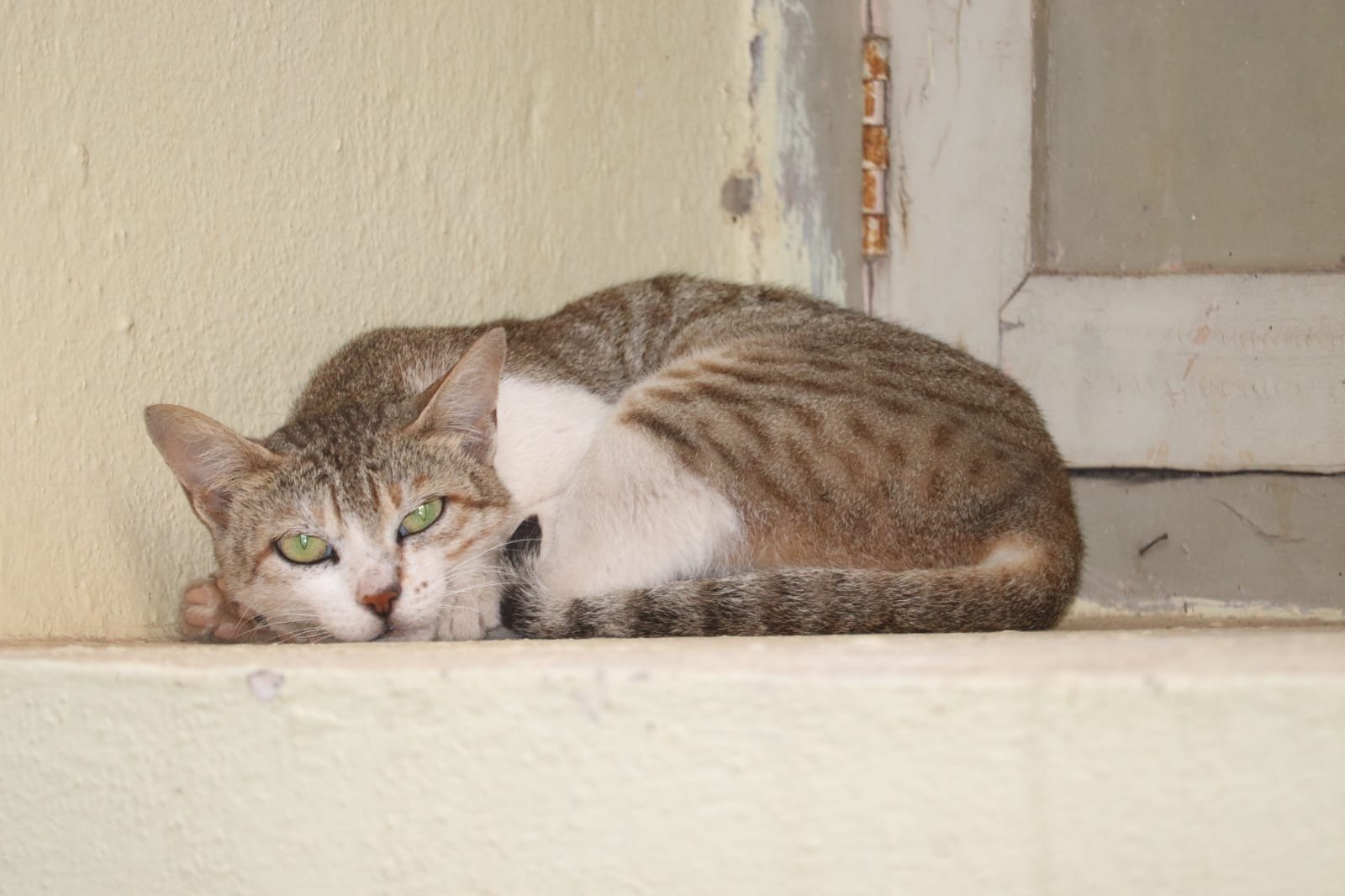
Cats are often misunderstood as solitary animals, but they actually thrive on forming bonds with their human companions. An emotional connection with you provides your cat with a sense of belonging and security. Whether it’s through gentle petting, spending quiet time together, or simply talking to them, these interactions help build trust and affection. When your cat feels emotionally connected, it can reduce stress and anxiety, leading to a happier and healthier life.
Recognizing Signs of Emotional Distress
Just like humans, cats can show signs of emotional distress. It’s important to recognize these signals so you can address their needs promptly. Common signs include excessive grooming, changes in appetite, withdrawal, or aggressive behavior. If your cat is displaying any of these behaviors, it might be a cry for emotional attention. Paying close attention to these signs can help you provide the necessary support and enrichment they need.
Incorporating Routine and Structure
Cats thrive on routine and predictability. Establishing a consistent daily schedule for feeding, playtime, and rest can provide your cat with a sense of stability. Routine helps reduce anxiety, as your cat knows what to expect and when. This doesn’t mean life has to be rigid, but having a general structure can create a comforting environment for your feline friend.
Interactive Playtime: More Than Just Toys
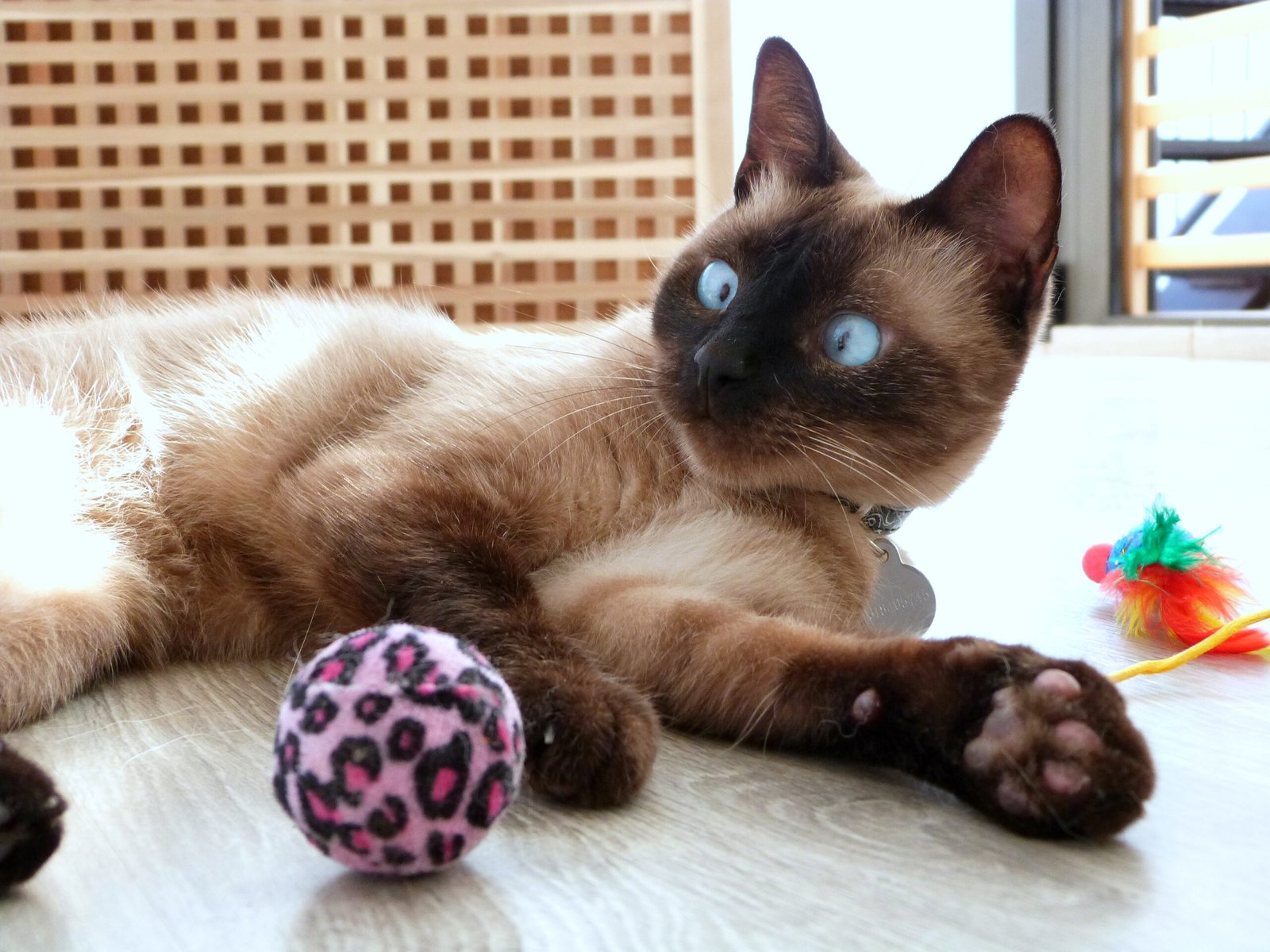
Interactive playtime is an excellent way to provide emotional enrichment for your cat. While toys are a great start, engaging with your cat through play is even better. Use toys that mimic prey movements, like feather wands or small balls, to tap into your cat’s natural hunting instincts. This type of play not only provides physical exercise but also stimulates their mind, keeping them engaged and emotionally satisfied.
Creating a Safe and Stimulating Environment
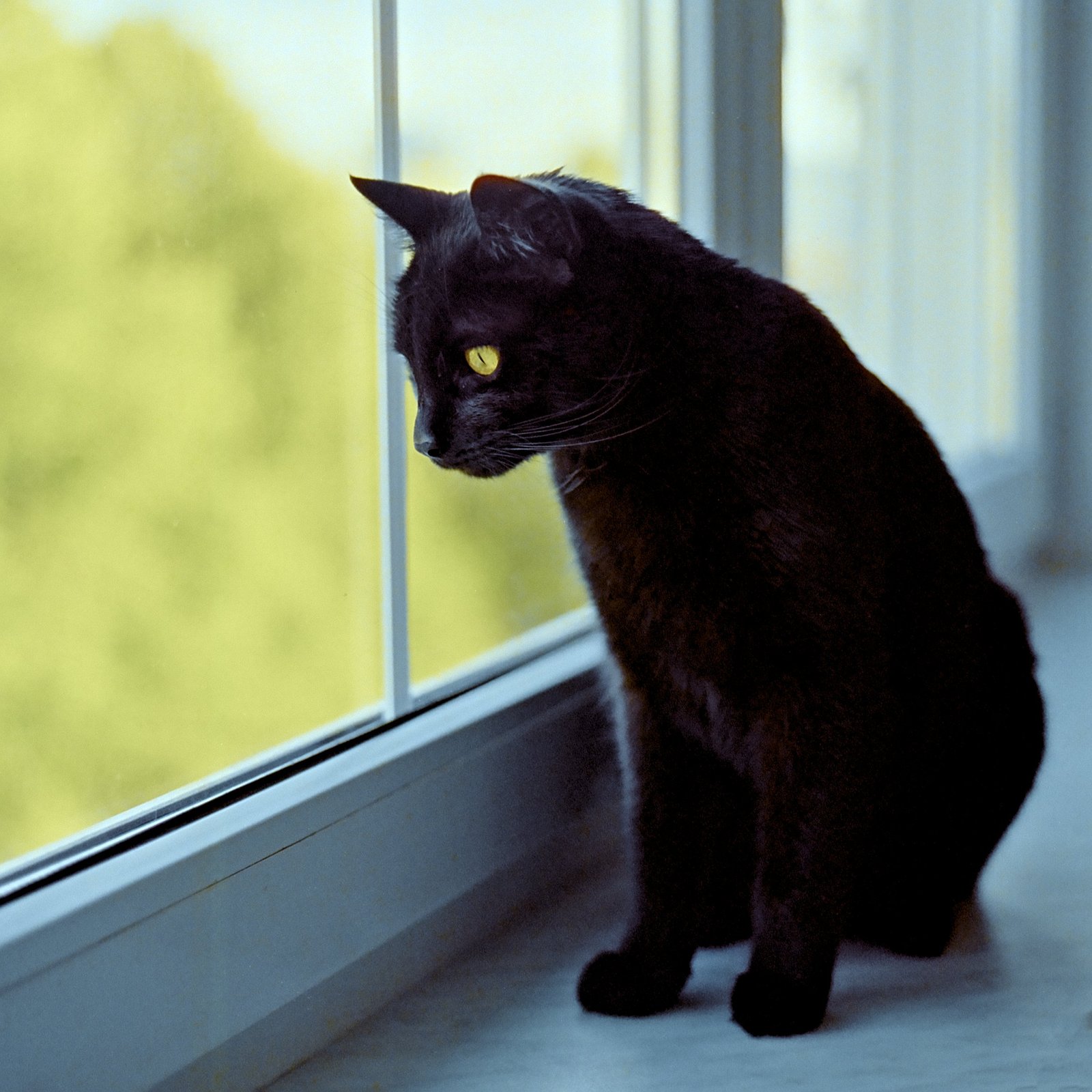
A cat’s environment plays a significant role in their emotional well-being. Ensure your home has plenty of places for your cat to explore, hide, and perch. Consider adding vertical spaces like shelves or cat trees, which can provide a sense of security and a vantage point for observing their surroundings. A stimulating environment encourages natural behaviors and prevents boredom, contributing to a happier cat.
Socialization: The Key to a Balanced Cat
Socialization isn’t just for dogs; cats benefit greatly from it too. Introducing your cat to new experiences, people, and even other animals can help them become more adaptable and less anxious. Start slowly and ensure that any new introductions are positive and stress-free. A well-socialized cat is more likely to be confident and emotionally balanced.
The Role of Scent and Sound
Cats have a highly developed sense of smell and hearing, which can be used for emotional enrichment. Consider using calming scents, like lavender, or playing soothing music to create a relaxed atmosphere. These sensory experiences can help reduce stress and promote a sense of calm. Additionally, providing your cat with a variety of textures to explore, like different fabrics or scratching posts, can further enhance their sensory experience.
Understanding Your Cat’s Unique Personality
Every cat is unique, with its own personality and preferences. Some cats may be more independent, while others crave constant attention. Understanding your cat’s personality allows you to tailor enrichment activities to their specific needs. Observe their behavior and preferences, and adjust your interactions accordingly. By respecting their individuality, you can provide the emotional support they need.
The Power of Positive Reinforcement
Positive reinforcement is a powerful tool for fostering emotional enrichment. Rewarding your cat for good behavior with treats, praise, or affection encourages them to continue those behaviors. This not only strengthens your bond but also boosts their confidence and emotional well-being. Consistent positive reinforcement creates a positive cycle of trust and happiness for your cat.
Encouraging Exploration and Curiosity
Cats are naturally curious creatures. Encouraging exploration and curiosity can provide emotional enrichment and prevent boredom. Rotate toys regularly and introduce new objects or environments for them to investigate. Activities like hiding treats or creating puzzle feeders can engage their minds and satisfy their inquisitive nature.
The Impact of Stress and Anxiety
Stress and anxiety can have a significant impact on your cat’s emotional health. Identifying and reducing stressors in their environment can greatly improve their well-being. Common stressors include loud noises, changes in routine, or unfamiliar visitors. Creating a calm and predictable environment, along with providing emotional support, can help alleviate these negative feelings.
Building Trust Through Consistent Care
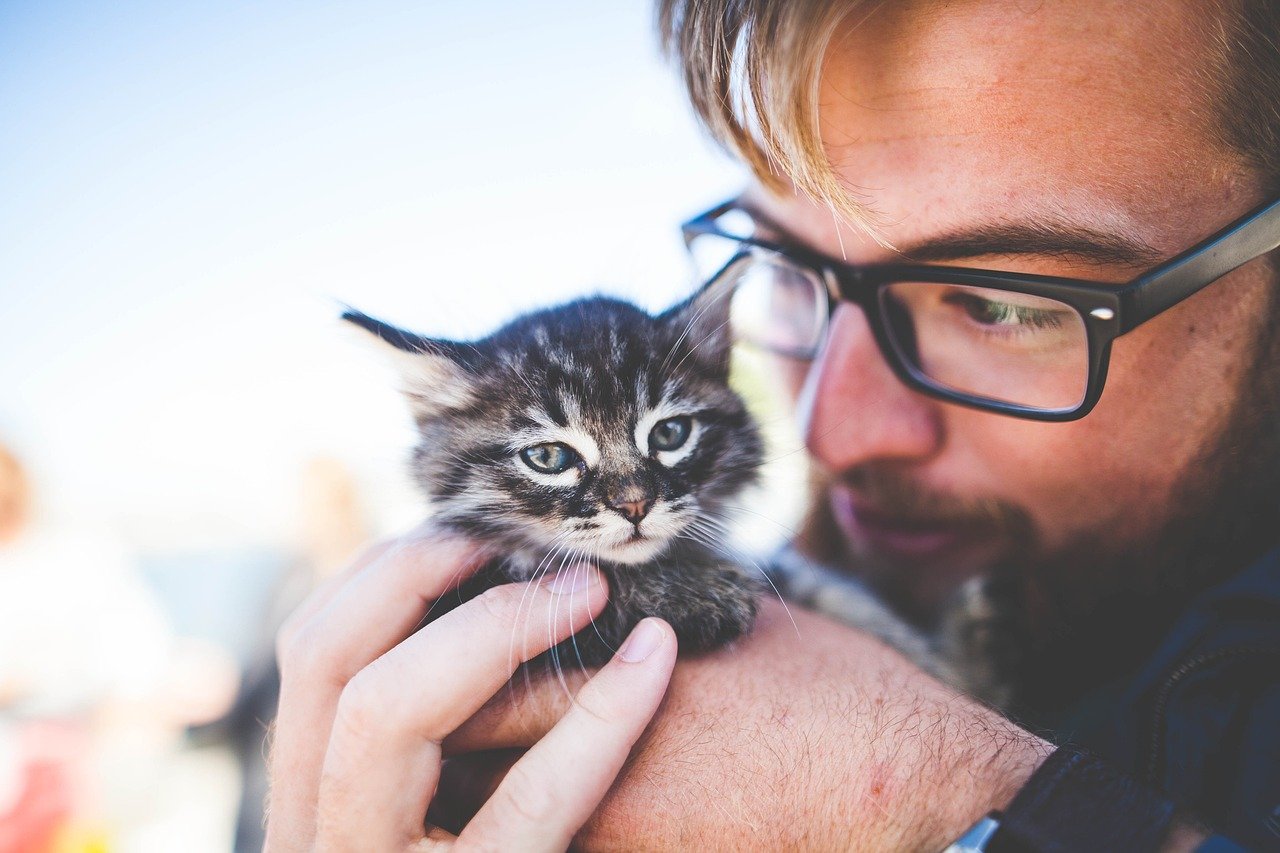
Trust is the foundation of a strong emotional bond with your cat. Consistent care, such as feeding them at regular times, maintaining their litter box, and ensuring their health needs are met, builds trust and security. When your cat knows they can rely on you, it reduces anxiety and enhances their emotional well-being.
The Role of Play in Emotional Health
Play is not just a physical activity for cats; it’s also an essential part of their emotional health. Regular play sessions provide an outlet for pent-up energy and frustration. It also strengthens the bond between you and your cat, as they associate playtime with positive interactions. Engaging in play helps alleviate boredom and ensures your cat feels emotionally fulfilled.
The Benefits of a Multi-Cat Household
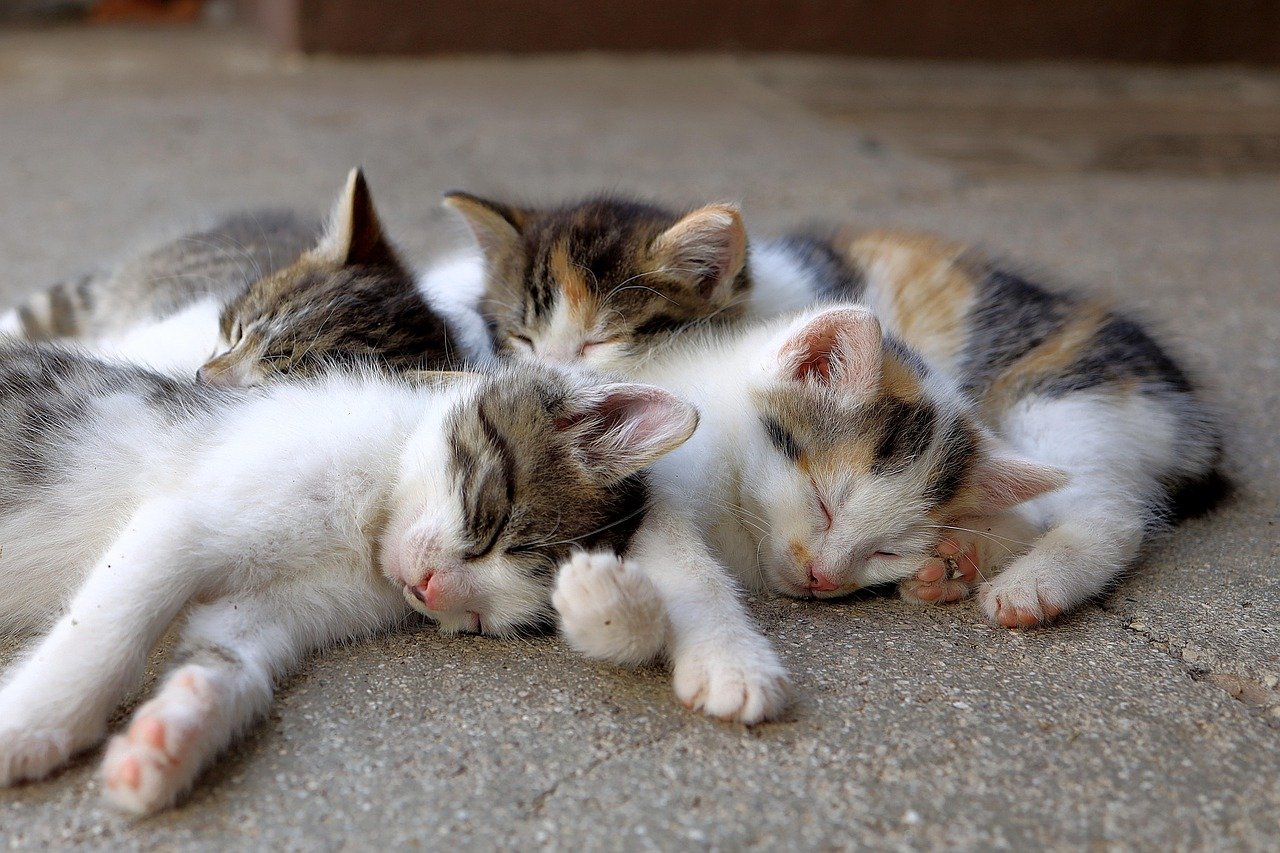
If you’re considering adding another cat to your household, it can provide additional emotional enrichment for your current feline friend. Cats can form close bonds with each other and enjoy companionship and play. However, introducing a new cat should be done gradually and with care to ensure a smooth transition. A multi-cat household can provide social stimulation and prevent loneliness.
Understanding Changes in Behavior
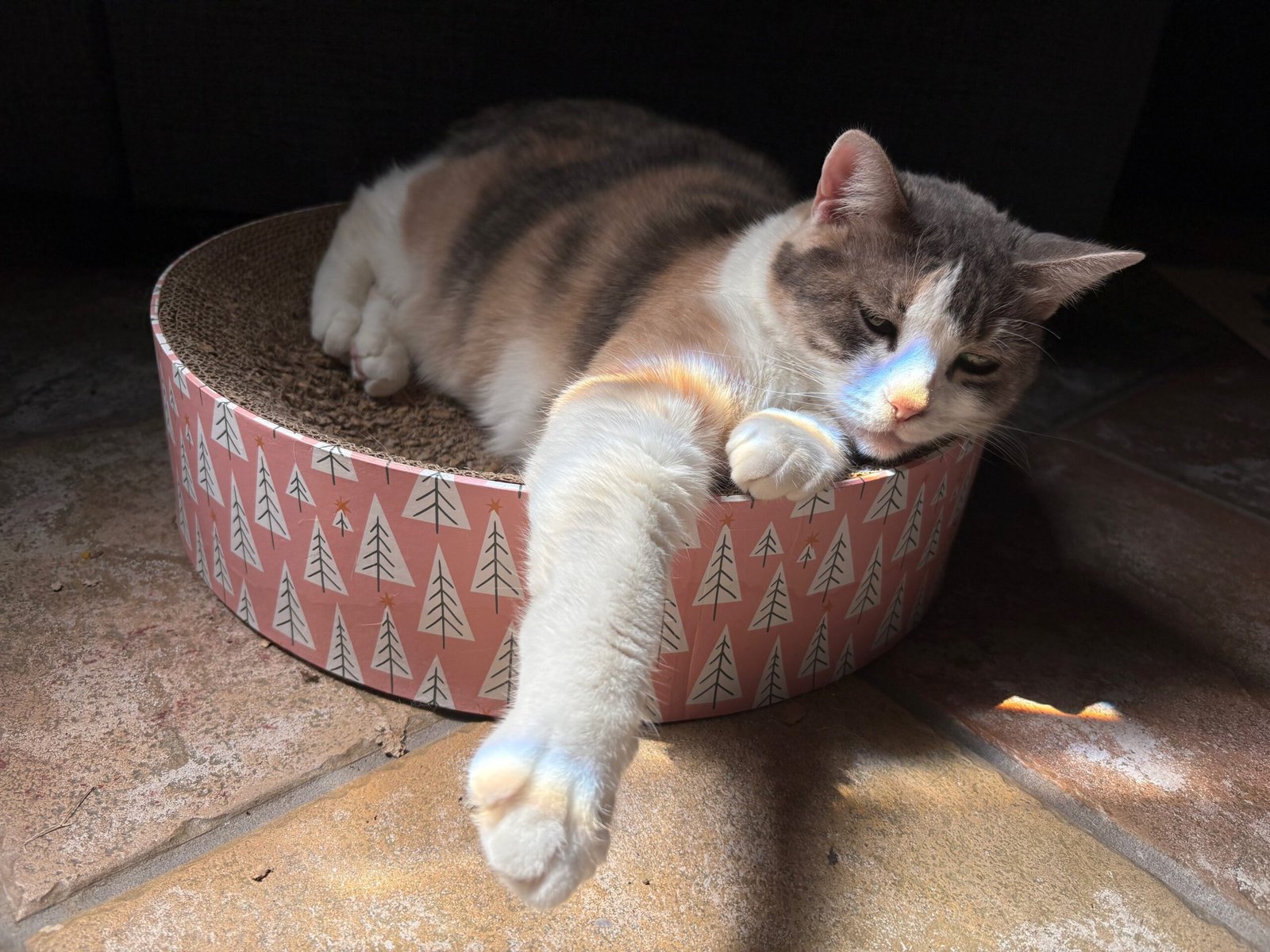
Cats may exhibit changes in behavior due to various factors, including emotional distress. It’s important to recognize these changes and address any underlying issues. If your cat becomes withdrawn, aggressive, or starts eliminating outside the litter box, it may indicate an emotional problem. Consulting with a veterinarian or animal behaviorist can help you identify and resolve these issues.
The Special Bond Between Cats and Humans
The bond between cats and humans is a unique and special one. Cats have been companions to humans for centuries, providing comfort and joy. This bond is built on trust, love, and mutual understanding. By nurturing this relationship through emotional enrichment, you can create a harmonious and fulfilling life for both you and your cat.
Creating a Lifelong Enrichment Plan
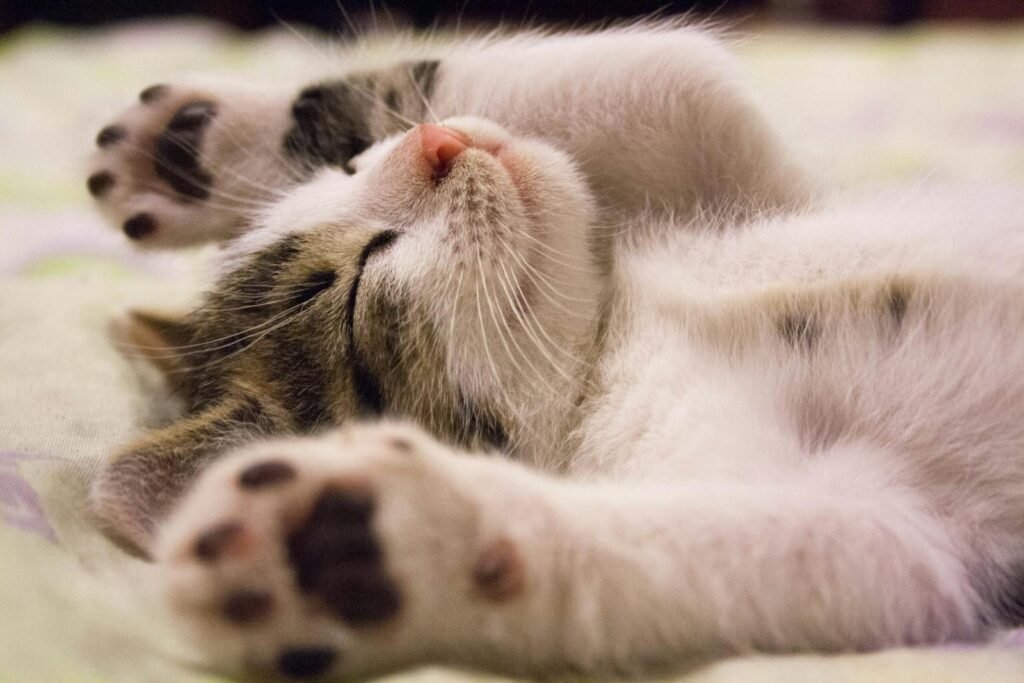
An effective enrichment plan for your cat involves a combination of physical, mental, and emotional activities. Regularly assess your cat’s needs and adjust your approach as they age or as their circumstances change. A lifelong commitment to emotional enrichment ensures your cat enjoys a happy, healthy, and fulfilling life.
Conclusion
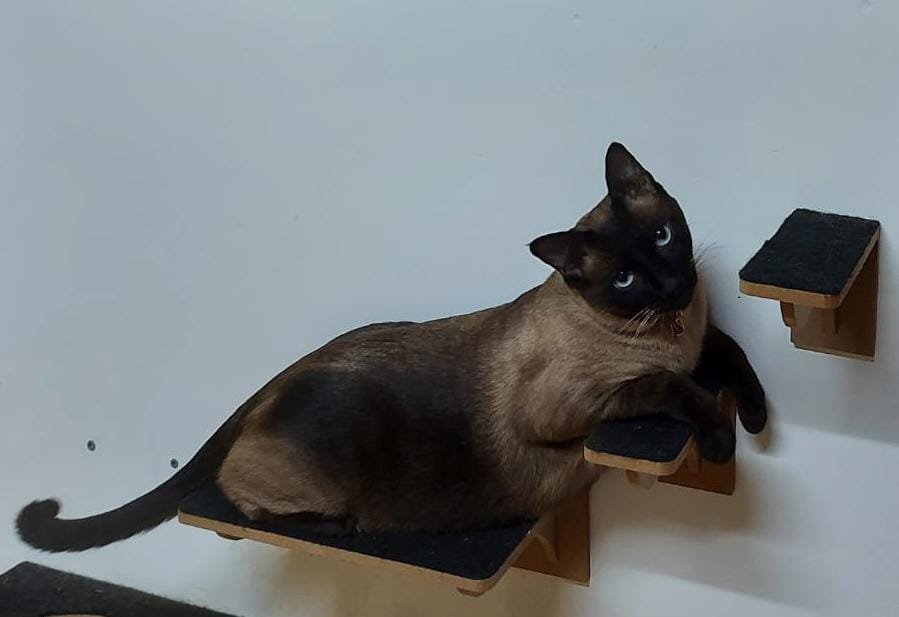
Emotional enrichment is just as vital as physical stimulation for your feline companion. By understanding and addressing your cat’s emotional needs, you can create a nurturing environment that promotes their overall well-being. Whether it’s through play, socialization, or simply spending quality time together, your efforts will be rewarded with a happier, healthier, and more contented cat.
Hi, I’m Bola, a passionate writer and creative strategist with a knack for crafting compelling content that educates, inspires, and connects. Over the years, I’ve honed my skills across various writing fields, including content creation, copywriting, online course development, and video scriptwriting.
When I’m not at my desk, you’ll find me exploring new ideas, reading books, or brainstorming creative ways to solve challenges. I believe that words have the power to transform, and I’m here to help you leverage that power for success.
Thanks for stopping by, Keep coming to this website to checkout new articles form me. You’d always love it!






